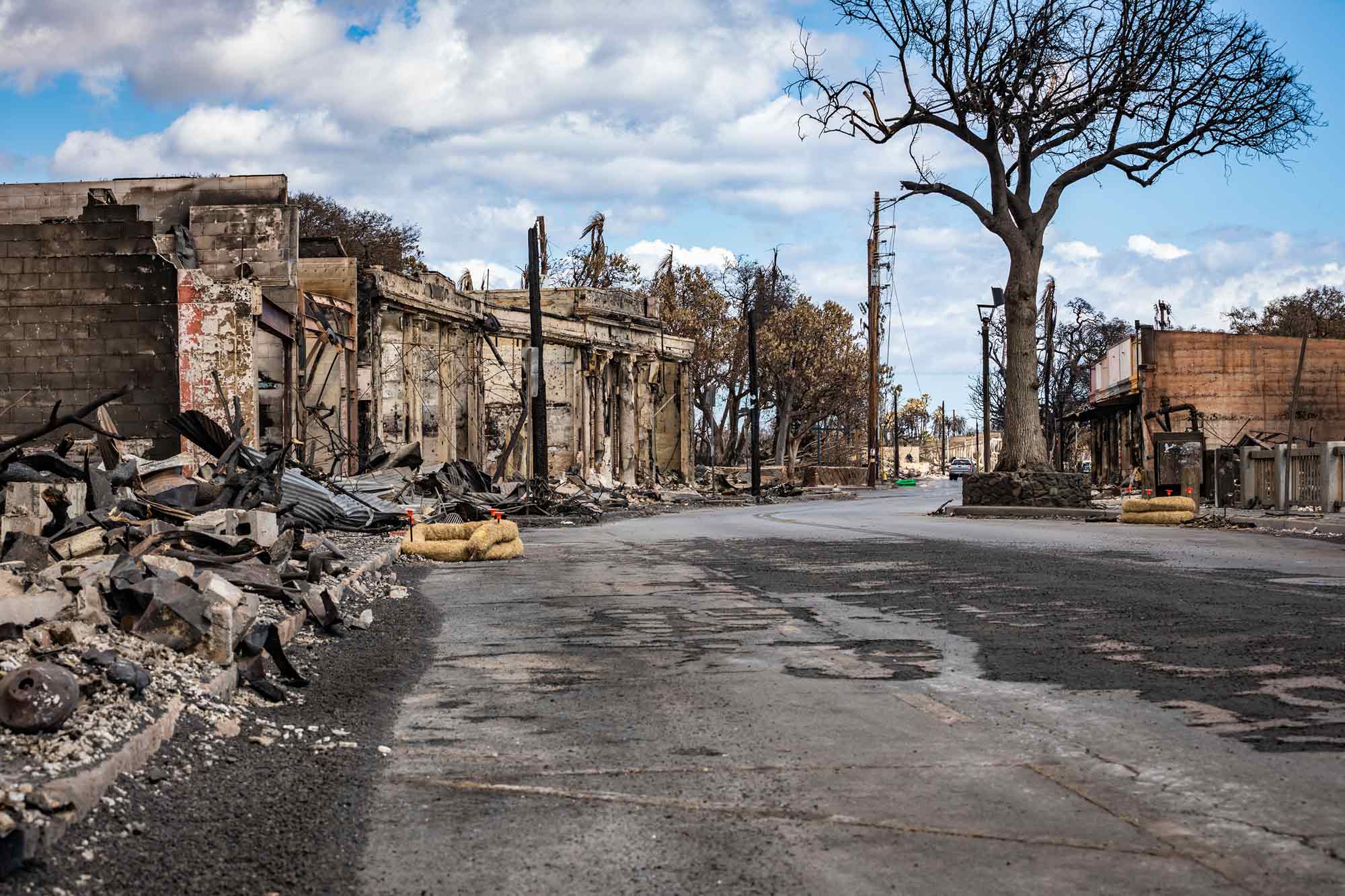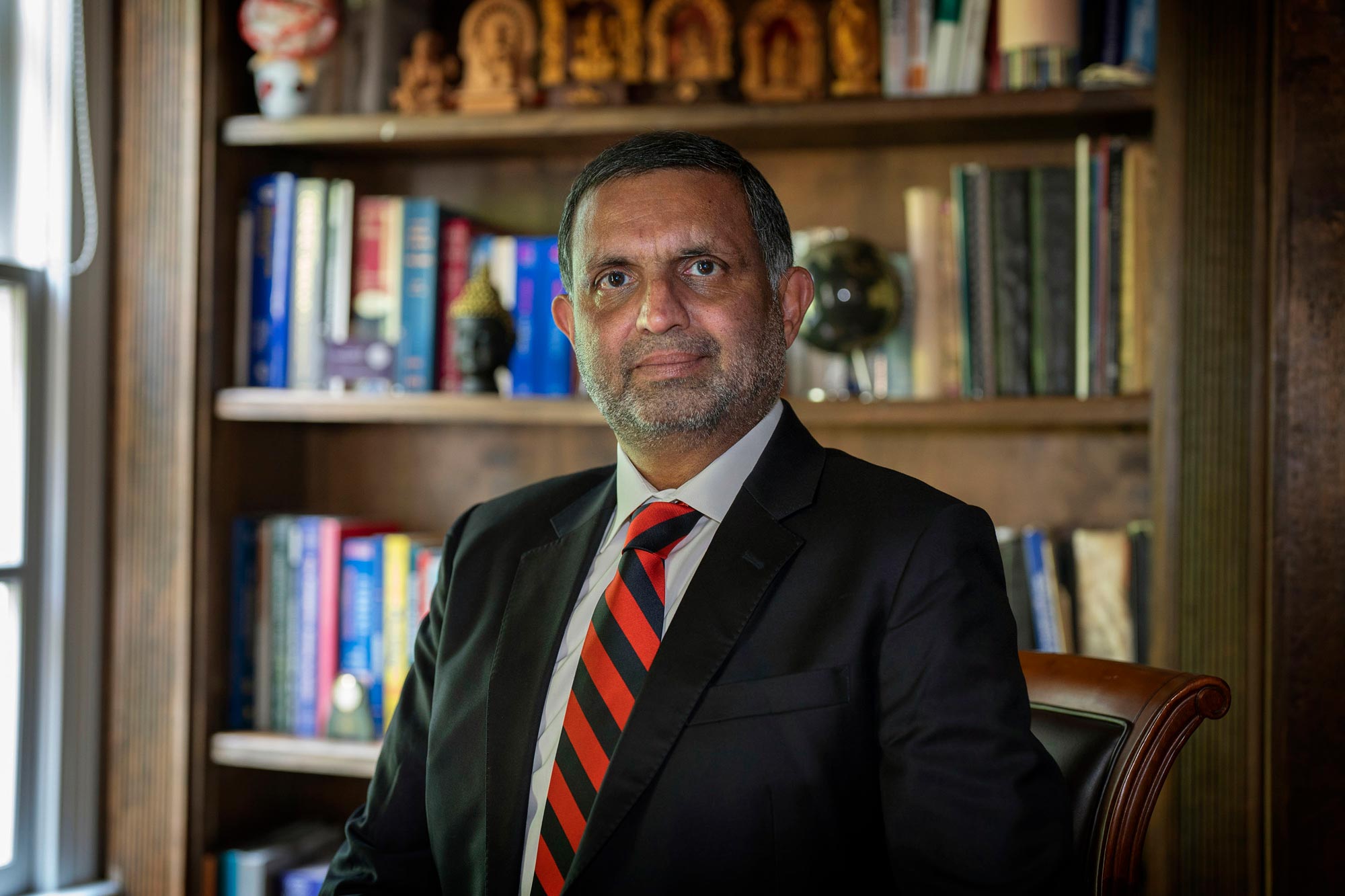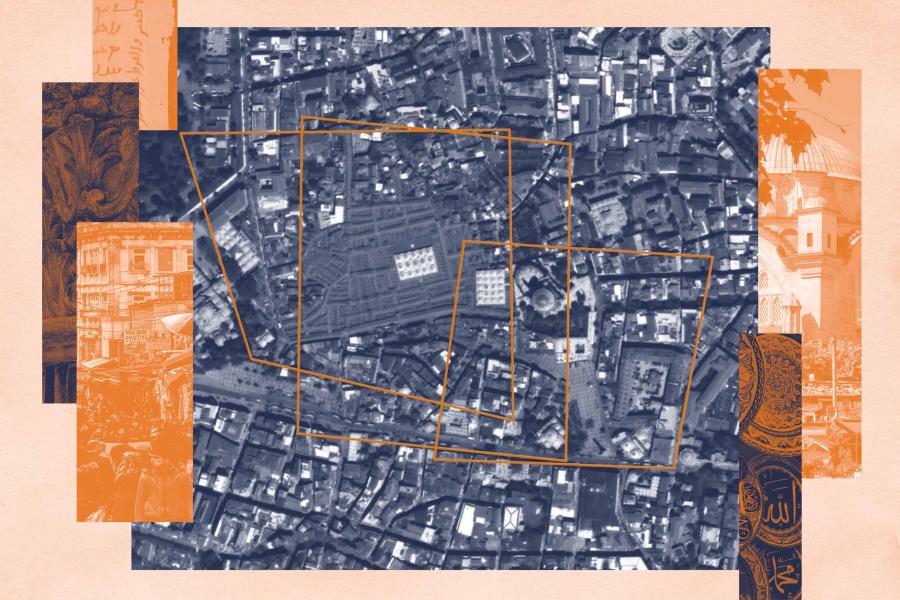“You can see in pictures of Maui that some of the taller trees are still green and standing and the fires went around them and destroyed homes, automobiles and took precious lives,” Lakshmi said. “The taller trees were higher and may have been healthier and ‘wetter’ than the grasses and did not burn as easily.”
Scientists named and began to focus on flash droughts – inspired by the more familiar “flash floods” – about 20 years ago. Since then, the phenomenon has been on the rise, and it’s only going to increase due to climate change, Lakshmi said.
“With the increase in hydrological extremes, they will occur almost everywhere,” he said.
Lakshmi said though understanding the rapidly changing factors behind flash droughts may result in better future responses, “We cannot predict ignition. Just because there’s a flash drought doesn’t mean the grass has to burn. We can, however, predict the dryness of the soil and vegetation.”
Maui’s inferno is just one of a number of major fires across the globe this year – including blazes in Chile, Greece and, ongoingly, in Canada and California.
Droughts and the fires that sometimes follow are related to other natural hydrological changes, the professor said. These can include flooding, landslides, permafrost thaw and hurricanes.
Maui’s next worry is landslides and runoff, because the burnt soil prevents water infiltration.
“They’re called compound hazards, and they don’t bode well for the people who live there,” he said.
Currently, Lakshmi has a project funded by the Army Research Office. His team will look at data from previous U.S. flash droughts and apply artificial intelligence machine learning tools to extrapolate to how watersheds in Africa and Asia, such as the Nile River, may be affected in the future.
“These include watersheds that run between countries that could cause conflicts due to low availability of water,” he said.
Lakshmi is the John L. Newcomb Professor of Engineering in UVA’s Department of Civil and Environmental Engineering.











